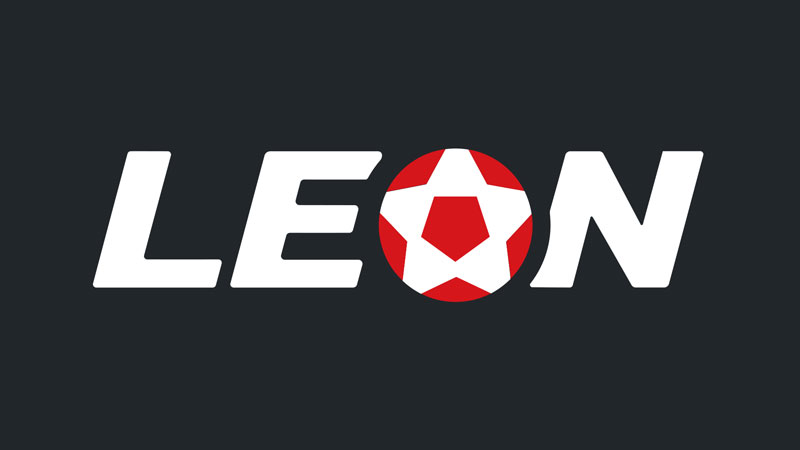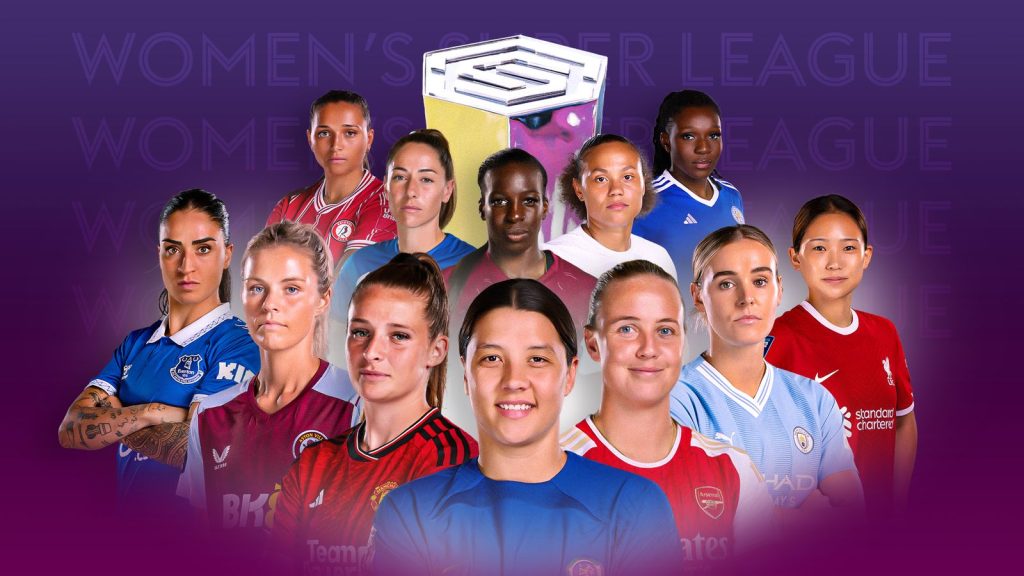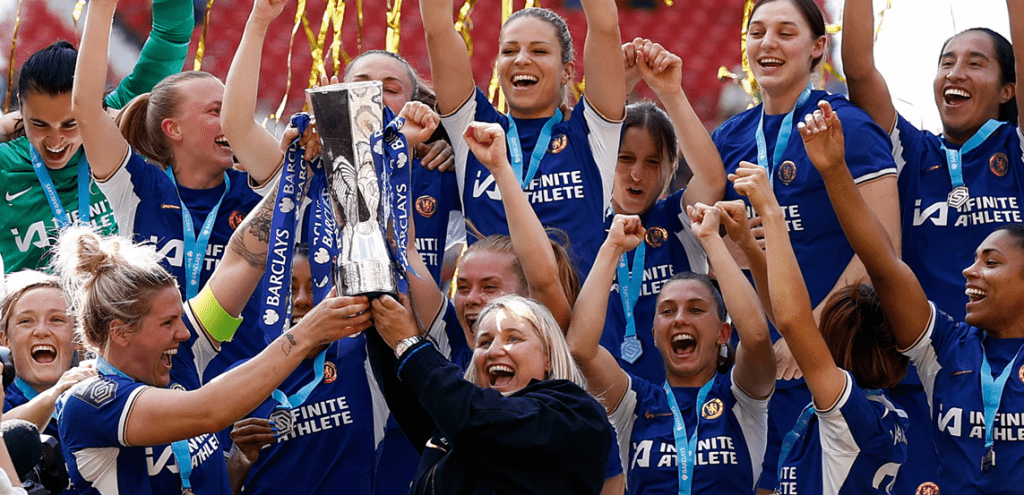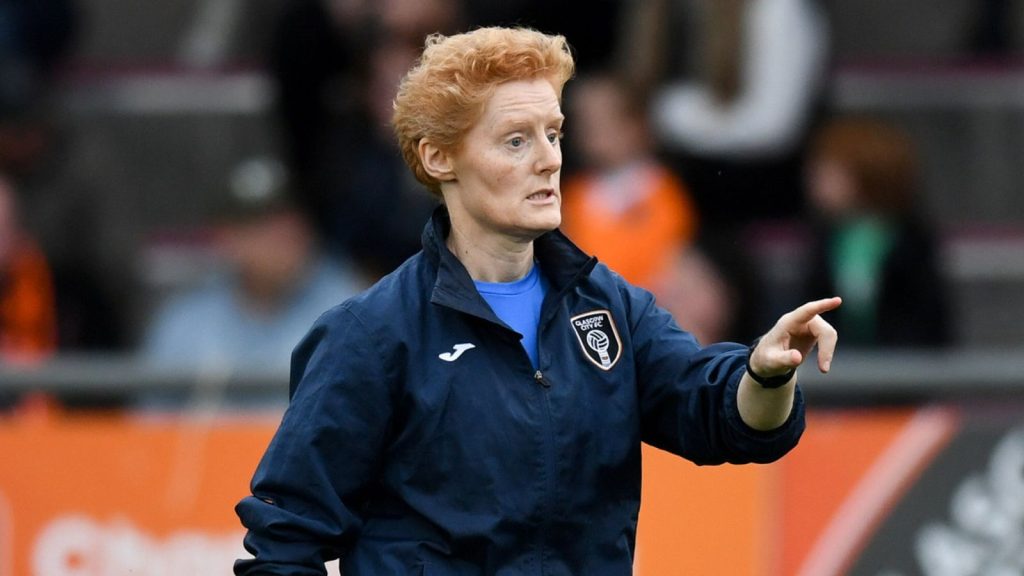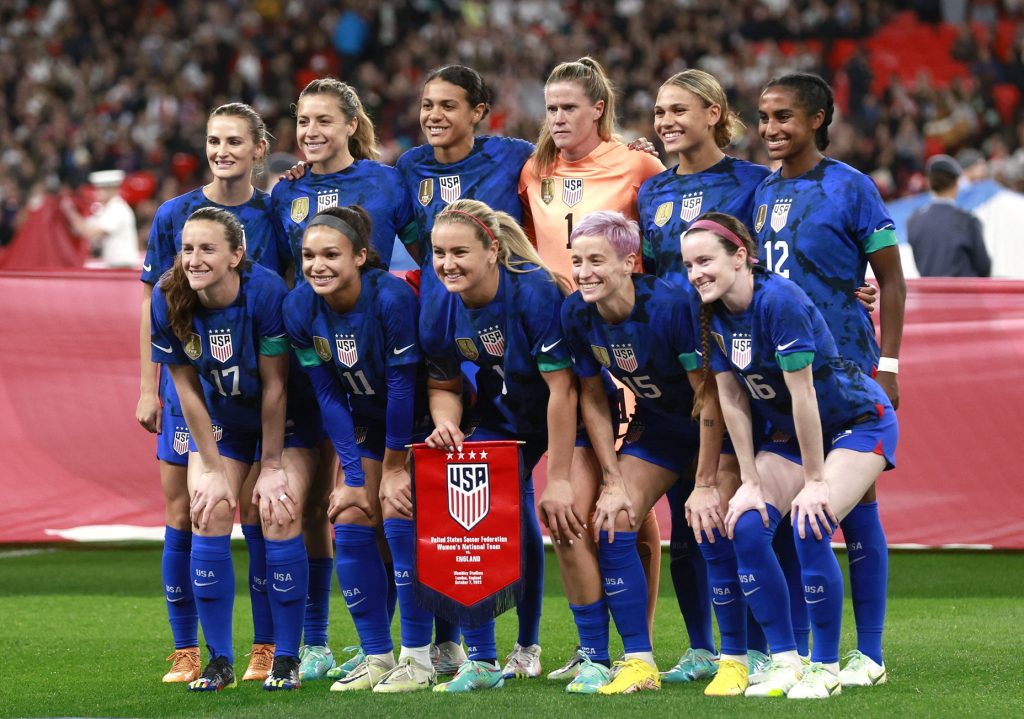The Football Association has confirmed plans to expand the Women’s Super League (WSL) from 12 to 14 teams starting from the 2025-26 season, marking a significant development for women’s football in the UK and potentially creating new opportunities for Irish talent. The announcement comes as part of the FA’s ongoing strategic plan to grow the women’s game, though notably maintains the relegation structure that some had speculated might be temporarily suspended during the expansion process.
Table of Contents
For Irish football fans and the growing contingent of Republic of Ireland internationals playing in the WSL, this expansion represents both opportunities and challenges. Irish betting providers have already responded to the news, with several major bookmakers expanding their WSL markets in anticipation of increased interest from punters. The decision could potentially open doors for more Irish players to compete at the highest level of English club football, while also raising questions about competitive balance and financial sustainability.
The expansion will be implemented through a structured application process rather than simply promoting additional teams from the Championship, with prospective clubs needing to meet specific criteria concerning finances, facilities, and development pathways.
“This is a calculated step forward for women’s football,” said Baroness Sue Campbell, the FA’s Director of Women’s Football. “We believe expanding to 14 teams strikes the right balance between growing the league and ensuring the competitive quality that has made the WSL Europe’s premier women’s competition.”
▶ A breakdown of the changes
Under the new structure, the WSL will increase from 12 to 14 teams for the 2025-26 season, expanding the fixture list from 22 to 26 games per team. The announcement confirms that relegation will continue throughout the transition period, with one team still dropping from the WSL at the end of the current season.
The expansion will be facilitated through both sporting merit and an application process. The champions of the Women’s Championship will gain automatic promotion as usual, provided they meet WSL licensing criteria. The additional place will be determined through a competitive application process open to clubs currently in the Championship or potentially those with established men’s Premier League or EFL status looking to launch women’s teams.
Applications for the additional spot will be assessed on several key criteria:
- Financial sustainability and investment commitment
- Stadium and training facilities
- Youth development infrastructure
- Commercial and marketing strategies
- Fan engagement and attendance projections
- Technical staff qualifications
- Medical and performance facilities
The FA has also outlined increased minimum standards for WSL clubs, including higher requirements for pitch quality, medical support, and commercial operations. All WSL clubs will need to provide a minimum of 8 fully professional contracts and part-time minimum wage for any semi-professional players.
For Irish international players currently in the Championship like Lily Agg at Birmingham City and Jessie Stapleton at Reading, the expansion could create a clearer pathway to WSL football. However, the competitive application process means promotion won’t simply be determined by league position.
“We’re maintaining the principle of sporting merit while ensuring any new clubs entering the WSL are fully prepared for the demands of top-tier women’s football,” explained Kelly Simmons, the FA’s Director of the Women’s Professional Game.
▶ Why do they want to expand the WSL?
The drive to expand comes as part of the FA’s broader strategy to capitalize on the growing popularity of women’s football following England’s European Championship success in 2022 and the World Cup final appearance in 2023.
Television viewership data shows the WSL audience has grown by over 300% in the past three years, with attendance figures showing similar upward trends. This expansion seeks to build on that momentum while addressing several strategic objectives:
- Meeting demand: With more clubs investing seriously in women’s football, the expansion allows the elite tier to accommodate more teams ready to compete at the highest level.
- Broadcast value: Additional teams mean more fixtures, creating greater content volume for broadcast partners like Sky Sports and the BBC, potentially increasing the next broadcasting rights deal value.
- Player development: Two additional professional teams could create approximately 50 new professional contracts, expanding opportunities for domestic and international players, including Irish talent.
- Geographic spread: The expansion might improve the league’s geographic distribution, with current WSL clubs heavily concentrated in London and the North West of England.
- Competing with Europe: As leagues in Spain, France, and Italy continue investing, expanding the WSL helps maintain England’s position as Europe’s premier women’s league.
For Irish women’s football, the expansion could provide valuable professional environments for more players. Katie McCabe (Arsenal), Courtney Brosnan (Everton), and Megan Campbell (Ipswich) are among the current Irish internationals in the WSL, but the expansion could create opportunities for more players from the Republic to gain elite experience beneficial to the national team.
“The expansion of the WSL can only be positive for Irish players,” noted Ireland manager Eileen Gleeson. “The more professional environments available for our players, the better it is for their development and ultimately for our national team.”
▶ What challenges does expansion face?
While the expansion represents an important step forward, significant challenges remain regarding its implementation and long-term success:
Financial sustainability: Despite growing revenues, many WSL clubs still operate at significant losses. Adding two more teams stretches the commercial pie further, potentially making profitability more challenging. The stringent financial criteria for applicants attempts to address this concern, but questions remain about long-term sustainability.
“The financial equation remains challenging,” explains football finance expert Kieran Maguire. “Even some established WSL clubs rely heavily on subsidies from their men’s teams. New entrants will need robust financial backing beyond the initial application.”
- Competitive balance: There’s already a substantial gap between the WSL’s top three (Chelsea, Manchester City and Arsenal) and the rest of the competition. Adding two more teams could potentially widen this disparity, at least in the short term. The 2023-24 season has already seen several lopsided scorelines, raising concerns about competitive integrity with further expansion.
- Infrastructure demands. The increased minimum standards for facilities, particularly regarding stadium quality and availability, present significant challenges for some aspiring clubs. Several Championship teams currently share grounds with non-league men’s teams or play at training facilities with limited spectator capacity.
- Scheduling pressures: With the expanded Champions League format already creating fixture congestion for top clubs, four additional league matches per team adds further pressure to an increasingly crowded calendar.
Former Ireland international and current RTÉ pundit Stephanie Roche highlights particular concerns for Irish players: “While more opportunities sound positive, we need to ensure these are quality opportunities. Playing for struggling teams facing heavy defeats isn’t always conducive to development.”
▶ What reaction might there be to changes?
Initial reaction to the announcement has been mixed across the women’s football landscape.
Current WSL managers have generally welcomed the expansion while expressing cautious optimism about maintaining standards. Chelsea manager Emma Hayes, who departs this summer to take over the US Women’s National Team, noted: “Growth is important, but it must be sustainable growth. The challenge is expanding without diluting quality.”
For Championship clubs with WSL ambitions, reactions split between those with strong financial backing who welcome the application process and those who feel sporting merit should be the sole criterion for promotion.
From an Irish perspective, FAI Women’s Football Director Eileen Gleeson sees potential benefits: “Having more professional environments accessible to our players can only strengthen Irish women’s football, provided these environments maintain high standards.”
Players’ union FIFPRO has cautiously welcomed the expansion while emphasizing the need for proper consultation with players about increased fixture demands and maintaining minimum salary requirements.
Fan groups have shown the most mixed response, with supporters of established WSL clubs concerned about maintaining competitive balance, while fans of ambitious Championship sides see new opportunities.
The expansion decision comes at a critical juncture for women’s football in the UK and Ireland, with the 2025 Women’s Euros set to showcase the sport to new audiences. Whether this expansion strikes the right balance between growth and sustainability will likely shape the landscape of women’s football across these islands for years to come.
For Irish players with WSL aspirations, the message is clear: opportunities are expanding, but so too are the standards required to compete at the highest level of the women’s club game.
- The Glorious Continental Kerfuffle: A Gander at 2025-26 - September 9, 2025
- Right, Let’s Talk German Football - September 8, 2025
- A Proper Italian Hooley for 2025-26 - September 3, 2025
